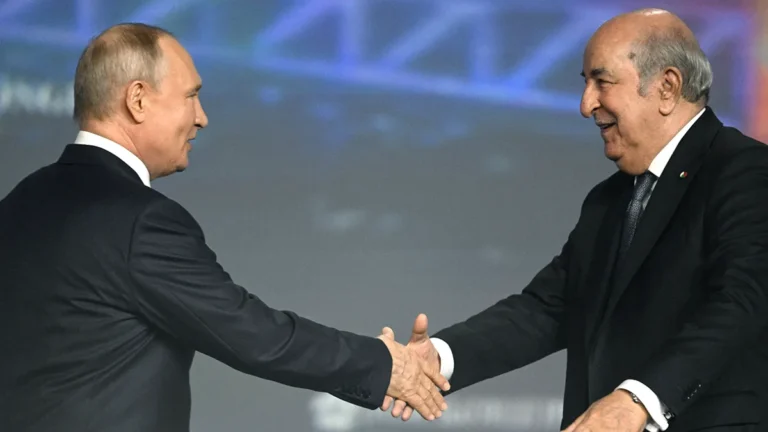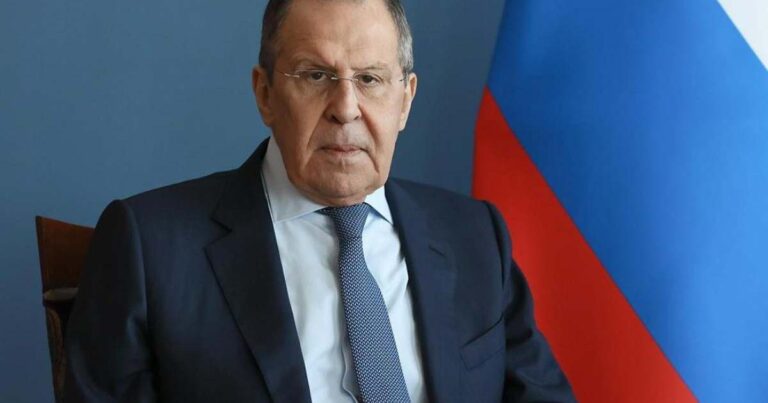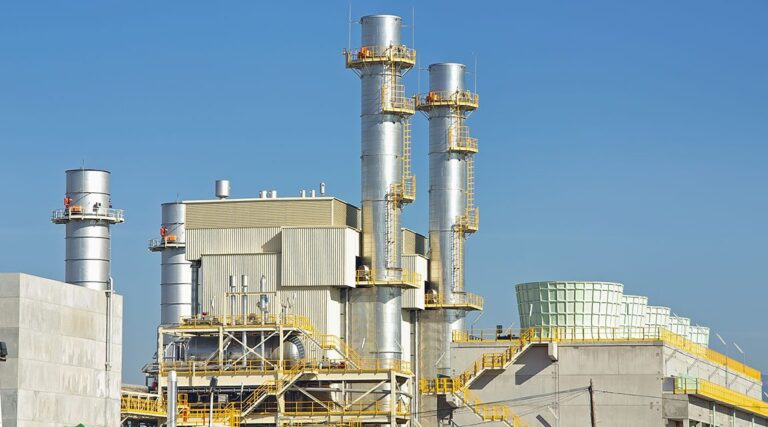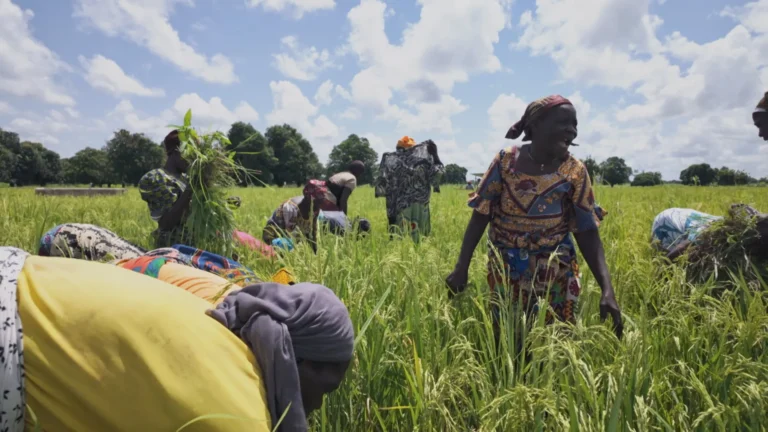
With temperatures consistently soaring above 45°C and drought conditions worsening, the Maghreb region is battling a surge in devastating forest fires, exposing the deepening threat posed by climate change.
From Morocco’s Atlas Mountains to Algeria’s Kabylie region and Tunisia’s woodland reserves, extreme heat waves have turned once-resilient Mediterranean forests into vulnerable tinderboxes.
As climate patterns shift, these fires are no longer seasonal anomalies but recurring disasters that threaten ecosystems, human lives, and national resources.
“The Maghreb is facing an alarming increase in forest fires, exacerbated by increasingly frequent and intense heat waves,” experts warn.
Searing heat and low humidity are key drivers. Vegetation, dried to a crisp by weeks of relentless sun, becomes highly flammable.
The presence of dry undergrowth and dead wood, combined with fierce desert winds such as the Sirocco, accelerates the ignition and spread of wildfires across wide terrains.
The forests of the region—home to iconic species like the Aleppo pine, cork oak, and Atlas cedar—are naturally adapted to occasional fires. But their resilience is being pushed beyond limits.
“Natural regeneration becomes impossible when fires occur too frequently,” say conservationists, raising concerns about the long-term survival of unique biodiversity, including species like the endangered Barbary macaque.
Rapid urban expansion, traditional farming practices such as stubble burning, and acts of negligence or arson contribute to nearly 90% of the fires, according to regional officials.
The increased overlap between forest zones and human settlements has further complicated containment efforts.
Thousands of hectares of forest are destroyed annually, releasing enormous volumes of CO₂ and worsening global warming.
While countries have launched monitoring and response systems, most remain under-resourced. Firefighting units often lack modern equipment, and regional coordination remains limited.
Encouragingly, new technologies are emerging. “Drones, satellites, and connected sensors allow for early detection of fire outbreaks,” while AI-driven models now forecast high-risk zones by analyzing vegetation health and weather patterns in real time.
As the fires continue to rage, calls for deeper regional cooperation grow louder.
Experts argue that sharing intelligence, harmonizing prevention strategies, and investing in joint firefighting capabilities will be critical to defending the Maghreb’s forests from an increasingly fiery future.



